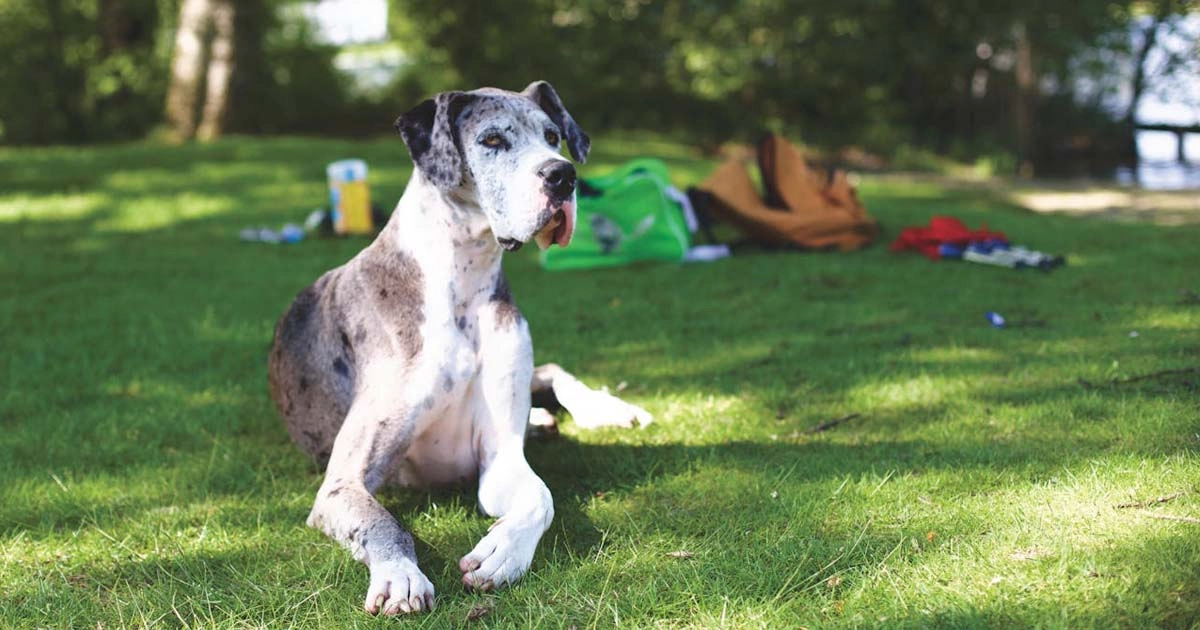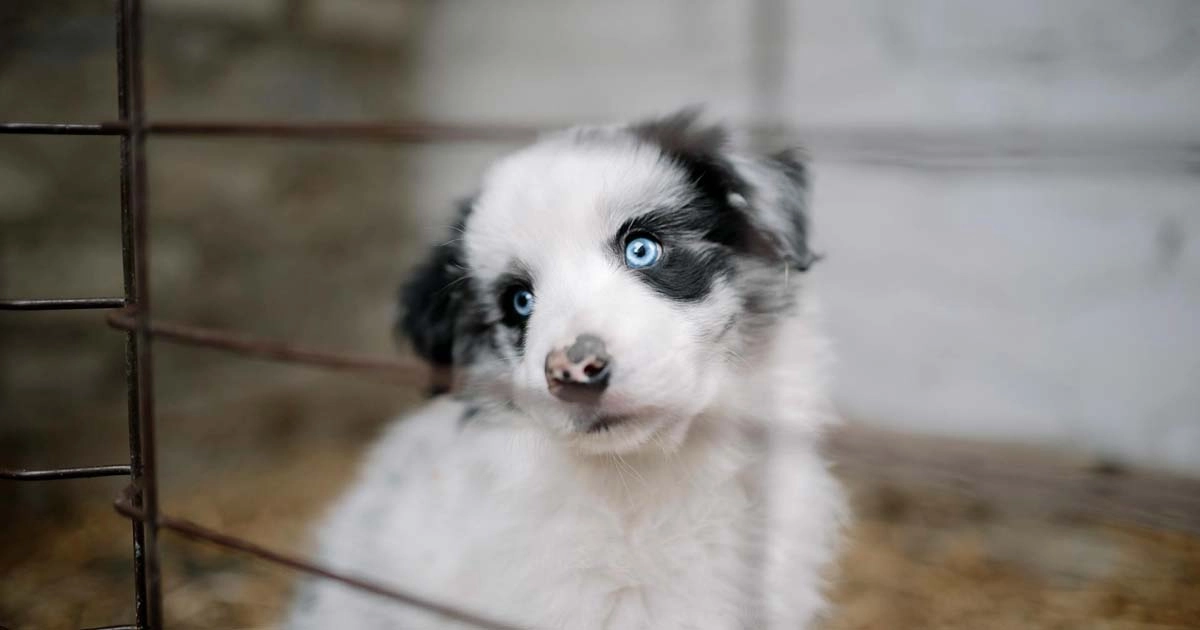Understanding Leishmaniasis and how to prevent it

Dog
02/07/2024

Leishmaniasis is a disease caused by the Leishmania parasite, transmitted through the bite of infected phlebotomine sand flies. The disease manifests in three main forms: cutaneous (affecting the skin), mucocutaneous (affecting mucous membranes), and visceral (affecting internal organs). Here’s a detailed overview of leishmaniasis and effective prevention strategies.
Types and symptoms of Leishmaniasis (Kala-Azar)
Cutaneous Leishmaniasis
Symptoms include skin sores, which can change in size and appearance over time. Sores can develop into ulcers that may be painful and can leave scars.
Mucocutaneous Leishmaniasis
Involves mucous membranes of the nose, mouth, and throat. Symptoms include ulcers and damage to the membranes, which can lead to significant disfigurement.
Visceral Leishmaniasis
Affects internal organs like the spleen, liver, and bone marrow. Symptoms include fever, weight loss, swelling of the spleen and liver, and anemia.
Prevention strategies of Leishmaniasis (Kala-Azar)
- Avoid sand fly bites.
- Clothing: Wear long-sleeved shirts, long pants, and socks to minimize exposed skin.
- Insect repellent: Use EPA-registered repellents containing DEET on exposed skin and clothing.
- Insecticide: Spray living and sleeping areas with insecticide to kill sand flies.
- Netting: Use fine-mesh netting treated with insect repellent over beds and windows.
- Environmental control: Reduce sand fly habitats by clearing vegetation and debris around living areas. Improve housing conditions to prevent sand flies from entering.
- Preventing transmission in dogs: Since dogs can be reservoirs for the parasite, use dog collars treated with insecticide. Ensure pets stay indoors during peak sand fly activity times (dusk and dawn).
Diagnosis and Treatment of Leishmaniasis (Kala-Azar)
Diagnosis: Often involves taking tissue samples from affected areas and blood tests to detect the parasite.
Treatment: Depends on the type of leishmaniasis. Options include antimonial compounds, amphotericin B, and miltefosine. In cutaneous cases, topical treatments like thermotherapy or cryotherapy can be used.
Prognosis of Leishmaniasis (Kala-Azar)
Early diagnosis and treatment are crucial. While cutaneous leishmaniasis may resolve on its own, visceral leishmaniasis is nearly always fatal if untreated. Mucocutaneous leishmaniasis requires immediate attention to prevent severe disfigurement.
For more detailed information on leishmaniasis and preventive measures, refer to reputable medical sources such as the Cleveland Clinic and the Centers for Disease Control and Prevention.
Source: my.clevelandclinic.org & academic.oup.com











